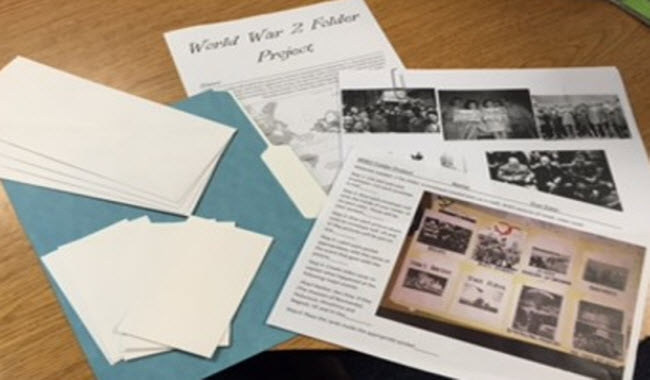World War II is filled with numerous ingenious operations carried out by the intelligence agencies of the warring nations. Many of these tactics achieved their intended goals and are still studied in military and intelligence institutions worldwide. One such operation, conducted by British intelligence, was codenamed Operation Periwig. It was a deceptive scheme designed to create fictitious resistance movements within Germany aimed at toppling the Nazi regime and its leader, Adolf Hitler. The goal was to divert German security efforts into fruitless searches and investigations, effectively creating false allies within Germany to distract the enemy.
At the outbreak of the war, British intelligence recognized that establishing a genuine resistance movement in Germany was practically impossible due to the efficiency of German security agencies and their professional surveillance methods. Thus, it was not feasible to create actual resistance groups, especially since many British agents deployed in Germany had already been captured and imprisoned. In a meeting involving members of the Political Warfare Executive (PWE) and the Secret Intelligence Service (SIS), the plan for Operation Periwig was devised. The aim was to engage German security in unproductive activities to track down the supposed resistance fighters and generate confusion within their ranks. It was also hoped that this operation would garner any form of support from the German population for these fictitious activities.

By November 1944, the planners of Operation Periwig had developed eight different scenarios for the virtual resistance movement. They envisioned members within the German army, the Nazi party, the parliament, the police, the Roman Catholic Church, factory and mining workers, separatists, and others. The main base of the fictitious resistance was planned to be in Berlin, with additional resistance cells in cities such as Gdansk, Dresden, Hamburg, Nuremberg, and other significant German cities. These cells would be connected through personal and regular communications, with a branch of the resistance also set up in London, maintaining contact with the Berlin headquarters in various ways. There would also be other fictional resistance movements, and similar procedures were to be followed, with rumors of these movements being spread through British newspapers.

As Operation Periwig was set to be practically implemented in January 1945, concerns arose among the Secret Intelligence Service about possible confusion between the fictional groups within the operation and the actual anti-Nazi groups already on the ground in Germany. However, these concerns were addressed, and by mid-February, the operation was given the green light. It began with wireless messages sent to Germany, deliberately providing misleading information to known double agents. Starting February 21, the first containers containing weapons, supplies, and fake propaganda materials for the fictitious resistance cells were dropped by aircraft in specific areas within Germany. However, these operations were suspended in mid-March due to fears from the Allied reconnaissance leadership that German security might misunderstand the contents of these containers as being intended for use by Allied POWs in nearby areas, which could endanger their lives as the Germans might execute them as a precautionary measure.
Between early and mid-April 1945, Operation Periwig was resumed. Trusted German POWs were recruited as agents on German soil to carry out various conspiratorial activities for the fictitious resistance cells, unaware that the movement was a hoax. To further support Operation Periwig, the Political Warfare Executive undertook tasks related to printing propaganda materials, especially after the creation of a new resistance cell named “The Red Horse.” The Executive printed and distributed materials for this fictitious resistance, which allegedly aimed to execute high-ranking Nazi officials. To draw more attention to it among the German population, British agents were tasked with placing the Red Horse symbol on numerous buildings, while postcards bearing the same emblem were sent to prominent Germans, containing threats and calls for suicide as a more honorable alternative to being executed by the Germans.

Operation Periwig also included a final deceptive measure involving the use of carrier pigeons for espionage. Pigeons were gathered, each equipped with a small capsule containing a questionnaire, pencil, and instructions to ensure their safe return to the United Kingdom. The pigeons were then packed in containers attached to parachutes and dropped over enemy territory, with the goal of landing in German cities where German citizens could easily find them and answer the questionnaire. The pigeons would then return with information such as the presence of German troops near the drop sites. On April 4, 1945, the operation was executed, and of the 330 pigeons used, only nine returned to England, two went to France, and among the returned pigeons, only five capsules contained messages, with only one being useful.
Overall, despite the strain Operation Periwig placed on German security, it is considered a failure by observers. The measures taken during the war were deemed too late, and it is believed that with earlier planning, full freedom for the operatives, and sufficient support from other intelligence agencies, the operation could have made a significant contribution to toppling the Nazi regime.
